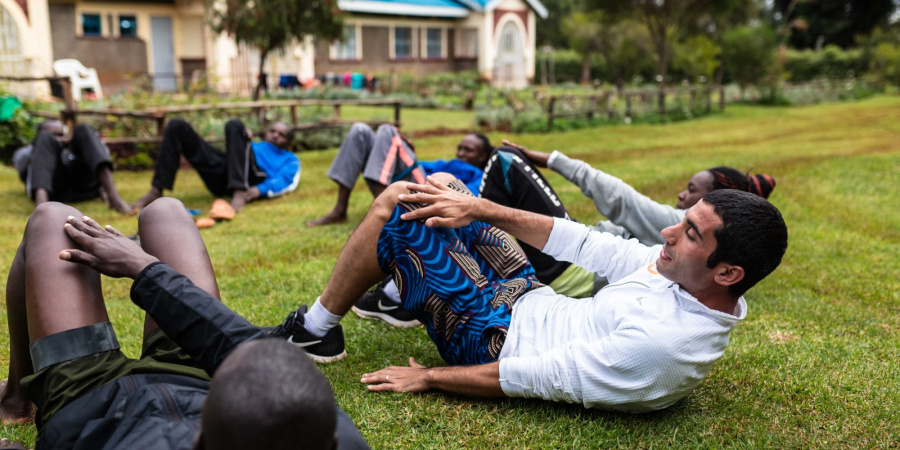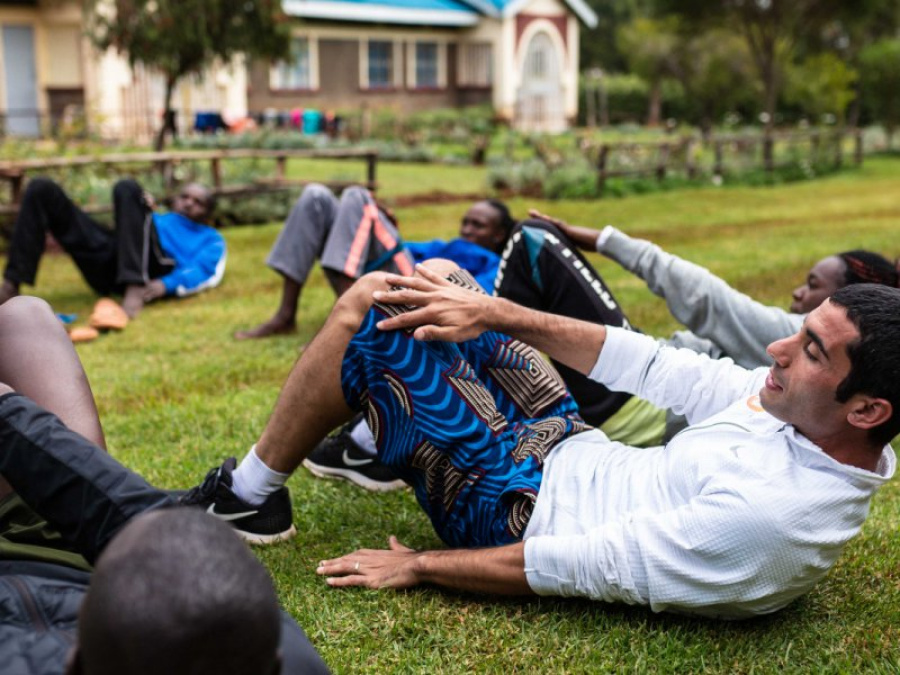

Marc’s golden guide to avoiding injury
Kenyan-based physiotherapist and occasional pacemaker Marc Roig is a member of the NN Running Team staff in Kenya. Here the Spaniard offers the benefit of his extensive wisdom by sharing his top injury prevention tips.
1 – Sleep well
The best advice I can give, even though it is not going to create much work for me as a physio, is runners should try and find more time for sleep. Honestly, if everyone had the requisite amount of sleep, the physiotherapy treatment tables would be a lot quieter. Why is sleep so important? Well, sleeping allows the body to repair its muscles and to become stronger in preparation for the next training session. Adequate sleep re-sets the body to allow it return to his best possible level. I would suggest an elite runner should have at least nine hours of sleep per day. This could be achieved in one stretch or in one eight-hour block of sleep plus a daytime nap. I realise it might be unrealistic for a recreational runner to sleep nine hours a day, because people today lead a very busy life. My simple advice would be to find a balance. I appreciate you are training hard, but try not to forget about sleep and rest.
2 – Train smart
A mistake some recreational runners make is to train with too much intensity and to the point of exhaustion. Yet all runners preparing for a marathon should learn to train at a rate of around 90 per cent and not beyond. Okay, it is common for an elite middle-distance runner to train to the point of exhaustion but that is not necessary for the marathon. To train too hard runs the risk of running with a bad technique, which can lead to injury. Yes, of course, training is hard but that does not mean we need to kill ourselves. When we finish a session we should still be able to run a little further. Save the really big effort for the competition.
3 – Mix up the speed
The hamstring is very important for running because it is the muscle which gives us our forward propulsion. Yet to ensure it is adequately strengthened, it is helpful to occasionally run at different speeds. A common mistake some social runners make is to run at a very constant speed for every training session. However, any runner is likely to face different challenges and potential strains on the hamstring like facing slippery underfoot conditions or having to sprint in a race. So to prevent any unnecessary stresses on the hamstring, it is best to introduce the occasionally hill repetition or speed session to allow for more higher intensity training.
4 – Strengthen the Achilles
Encountering a problem with the Achilles tendon can take a long time to repair, so strengthening exercises for this area is key. The Achilles is always white coloured, which is a sign this area does not receive a lot of blood and means any rehabilitation process typically takes a long time. At the beginning of any season we take a lot of time out with the athletes to strengthen the Achilles. It may sound a very simple exercise but repetitive step ups can help train and strengthen the tendon. Another good exercise for the Achilles tendon is to skip with a skipping rope.
